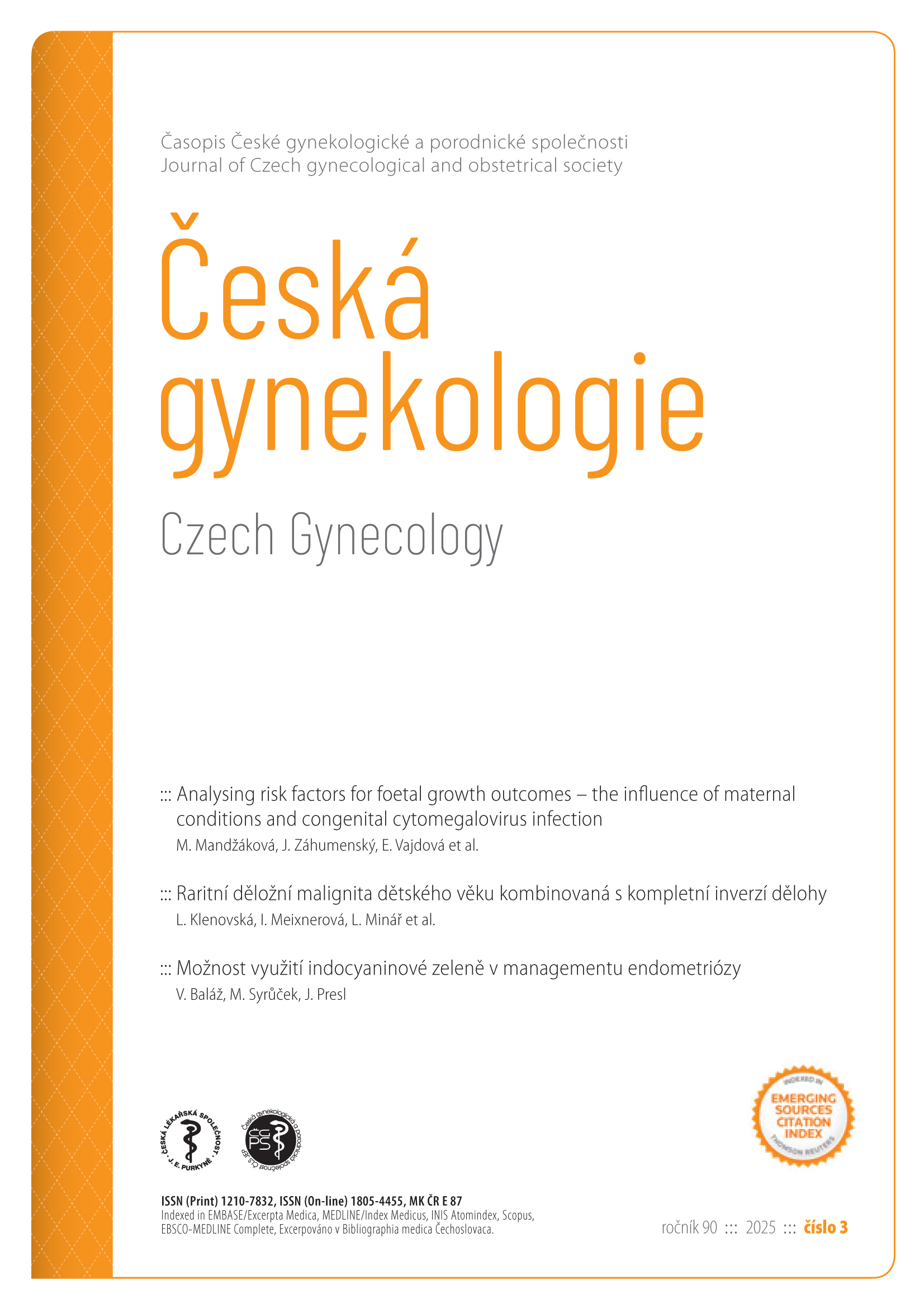Educational value of surgical videos on YouTube – quality assessment of and set of standards for hysterectomy using vaginal natural orifice transluminal endoscopic surgery videos
Keywords:
natural orifice endoscopic surgery, hysterectomy, YouTube, educational technologyAbstract
Objective: This study aimed to assess the reliability and educational value of vaginal natural orifice transluminal endoscopic surgery (vNOTES) hysterectomy videos on YouTube and their suitability for training surgeons. Materials and methods: On June 12, 2024, YouTube was searched using the keywords “vNOTES hysterectomy,” “TVNOTES hysterectomy,” “transvaginal natural orifice transluminal endoscopic hysterectomy,” “vNOTES,” and “vaginal notes hysterectomy.” A total of 73 videos met the inclusion criteria. Viewer engagement metrics, such as time since upload, number of views, likes, dislikes, comments, and video duration were recorded. Ratios such as a view ratio, a like ratio, and Video Power Index (VPI) were calculated. The videos were categorized by the modified Global Quality Scale (GQS) and evaluated based on a scoring system derived from a standardized 10-step vNOTES hysterectomy procedure, with scores ranging from 0 to 15. Results: Out of 73 videos, 40 (53.8%) were categorized as poor quality, 13 (17.8%) as moderate, and 20 (27.4%) as good. No significant differences were found between groups in terms of time since upload, views, dislikes, comments, or a like ratio. However, videos in the good-quality group had a significantly higher number of likes and VPI scores. Critical elements such as patient preparation and positioning, setup of the operation room, circumcision of the cervix, and vault closure were inadequately addressed in lower-quality videos. Videos with a didactic voice had significantly more views, likes, and comments than those with music or no sound. No significant correlations were found between video length and engagement metrics. Conclusion: The majority of vNOTES hysterectomy videos (53.8%) on YouTube lack comprehensive educational content, with only a small fraction deemed appropriate for surgical training. The interest rates of the viewers may not be correlated with the usefulness rates of the videos. Surgeons and organizations should focus on producing high-quality, peer-reviewed instructional videos to improve the educational value of YouTube as a resource.


